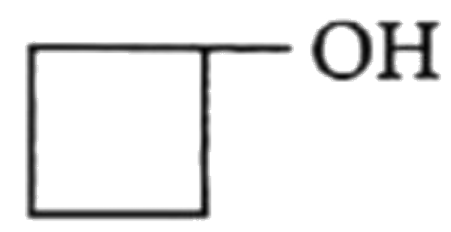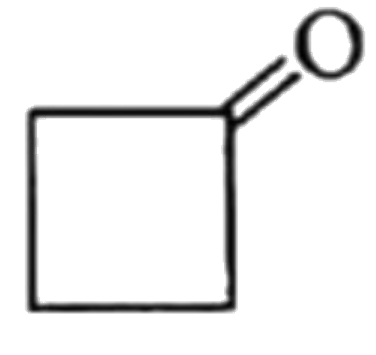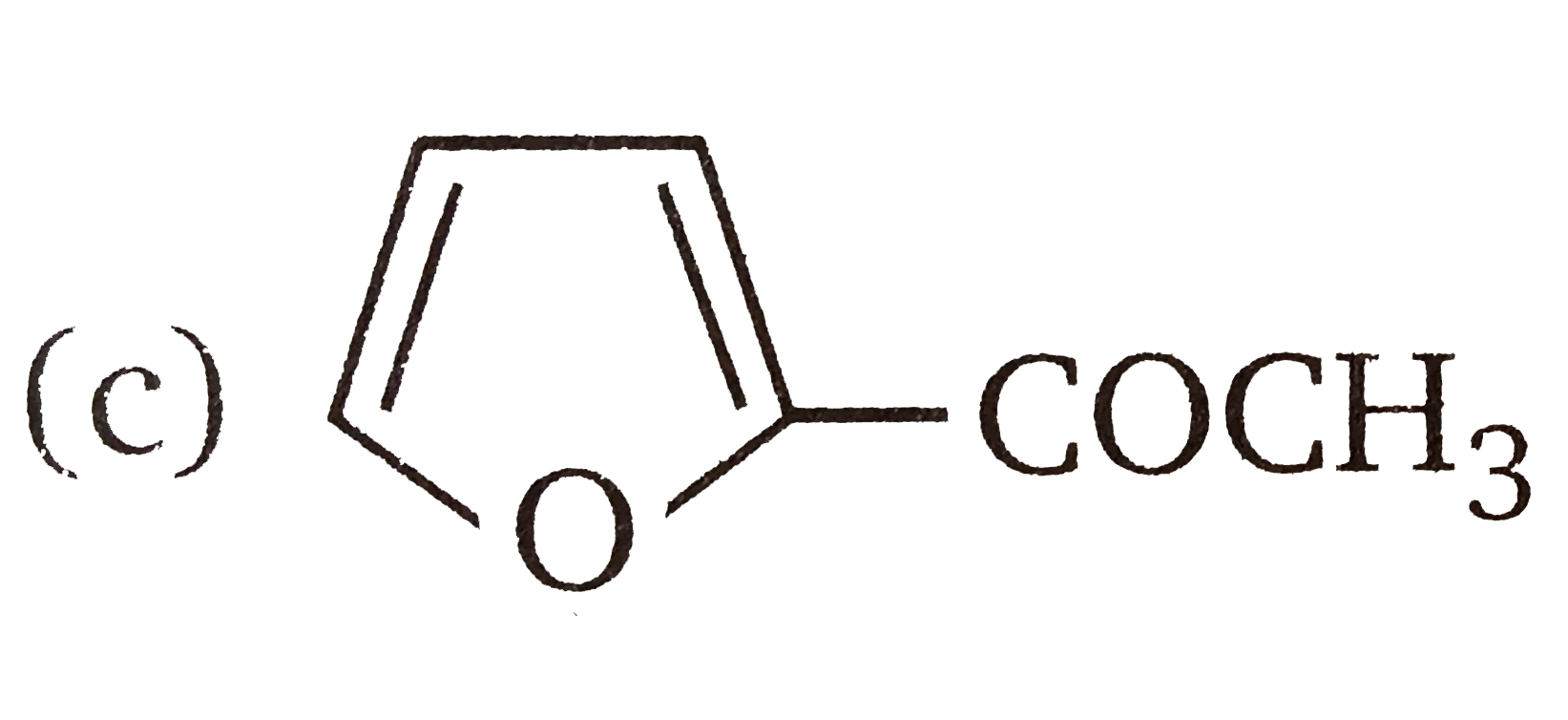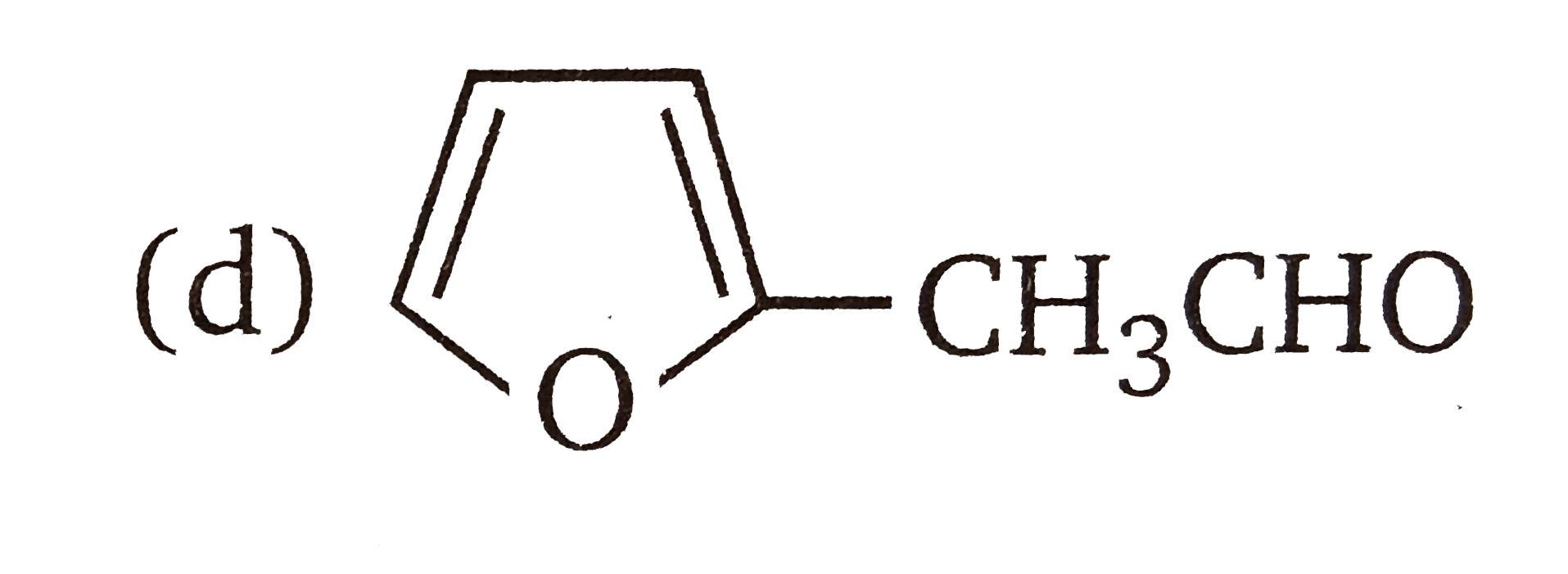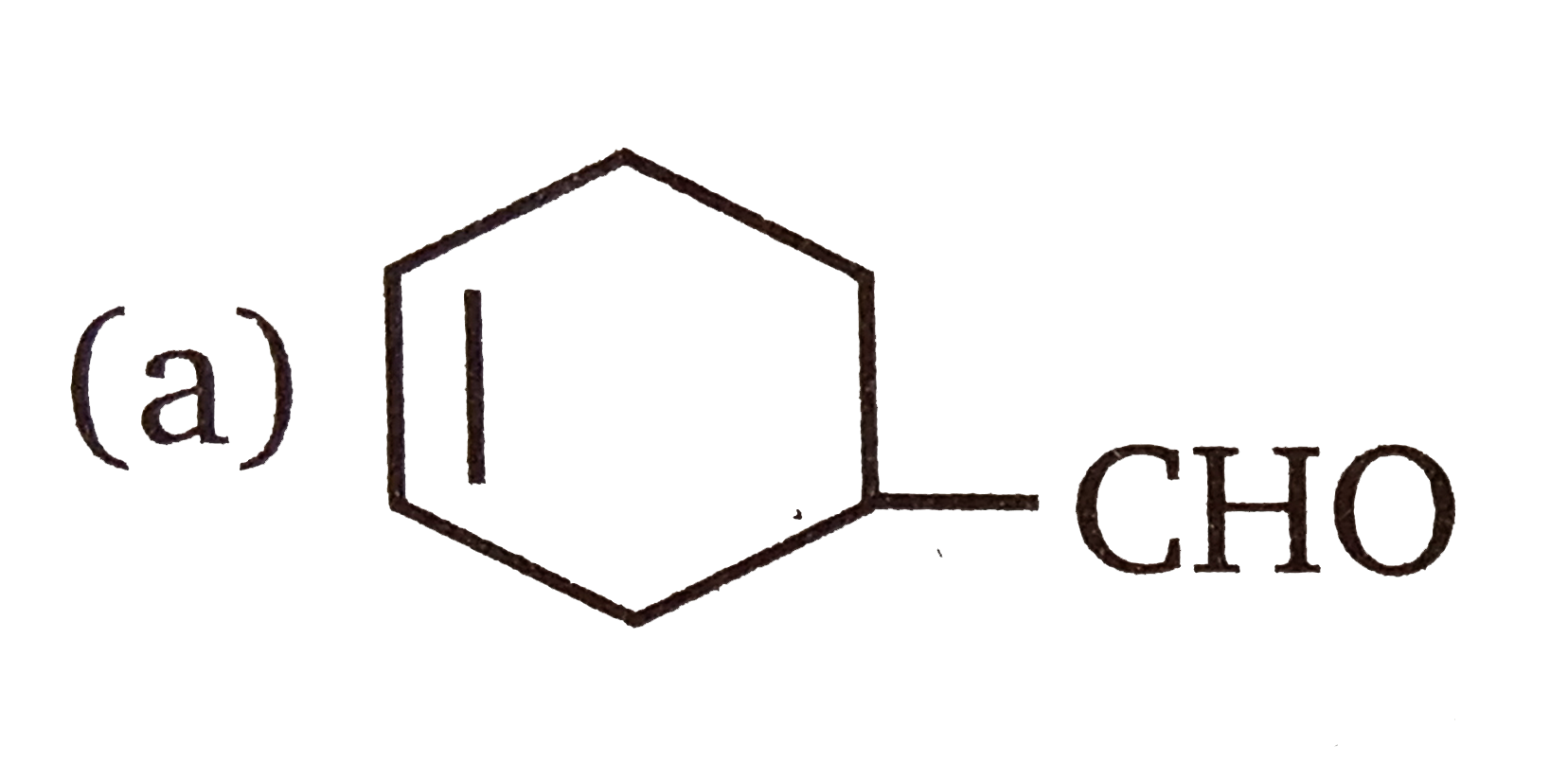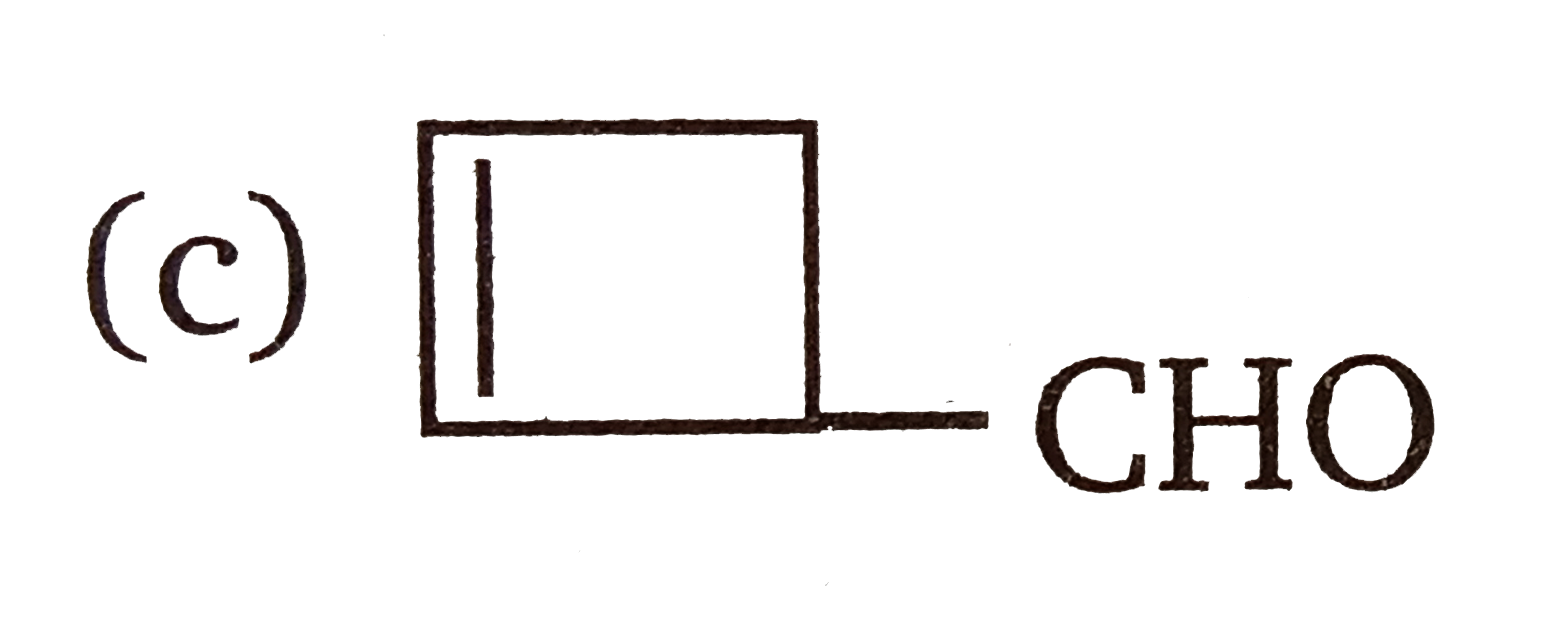Explore topic-wise InterviewSolutions in .
This section includes InterviewSolutions, each offering curated multiple-choice questions to sharpen your knowledge and support exam preparation. Choose a topic below to get started.
| 25651. |
The potential of a single electrode is a half cell is called the |
|
Answer» REDUCTION potential |
|
| 25652. |
The potential energy W of a system of two atoms A and B varies as a function of their distance of separation r as folllows W = -(A)/(r^(n)) + (B)/(r^(m)) where A' and B' are characteristie constant independent of r. The bond dissociation energy of A - B bond, D_(A - B) is given by |
|
Answer» `D_(A - B) = (A')/(r^(n)) (1 - (n)/(m))` `D_(A - B) = 0 -((-A')/(r^(n)) + (B')/(r^(m)))` `= (A')/(r^(n)) - (B')/(r^(m))` As, `(d_(P. E.))/(DR) = 0` `RARR (r^(m + 1))/(r^(n + 1)) = (m)/(n) (B')/(A') rArr B' = (r^(m + 1))/(r^(n + 1)) . (n)/(m).A'` `D_(A - B) = (A')/(r^(n)) - (A')/(r^(m)) ((r^(m + 1))/(r^(n + 1)) . (n)/(m))` `rArr (A')/(r^(n)) (1 - (n)/(m).(r^(m).r)/(r^(m).r))` `rArr (A')/(r^(n)) (1 - (n)/(m))` |
|
| 25653. |
The potential of a hydrogen electrode at pH = 1 will be: |
|
Answer» `–0.059` VOLT |
|
| 25654. |
The potential energy W of a system of two atoms A and B varies as a function of their distance of separation r as folllows W = -(A)/(r^(n)) + (B)/(r^(m)) where A' and B' are characteristie constant independent of r. The bond distance between A and B that is d_(A -B) is given by : |
|
Answer» `d_(A - B) = ((mB')/(nA'))^(1//m - n)` `RARR (d)/(dr) ((-A')/(R^(n)) + (B')/(r^(m))) = 0` `rArr (- (-n) A')/(r^(n + 1)) + ((-m)B')/(r^(m + 1)) = 0` `rArr (nA')/(r^(n +1)) = (mB')/(r^(m + 1))` `rArr (r^(m + 1))/(r^(n + 1)) = (mB')/(nA')` `r^(m - n) = (m)/(n) (B')/(A')` `d_(A - B) = r = ((mB')/(nA'))^(1//m - n)` |
|
| 25655. |
The potential for the reactionO_2 (g) + 4H^(+)+ 4e = 2H_2O (l)is 1.23 V in 0.1 N acid solution. Calculate the potential of this couple in aqueous solutions having (a) pH = 10 (b) pH = 14 |
|
Answer» Solution :First calculate `E^@` for the given half CELL and then the potential at the given pH. 0.6981 V, 0.462 V |
|
| 25656. |
The potential associated with each electrode is known as electrode potential. If the concentration of each species taking part in the electrode reaction is unity (if any appears in the electrode reaction, it is confined to 1 atmospheric pressure) and further the reaction is carried out at 298 K, then the potential of each electrode is said to the standard electrode potential. By convention, the standard electrode potential of hydrogen electrode is 0.0 volt. The electrode potential value for each electrode process is a measure of relative tendency of the active species in the process to remain in the oxidised/reduced form. A negative E^(@) means that the redox couple is a stronger reducing agent than the H^(+)//H_(2) couple. A positive E^(@) means that the redox couple is a weaker reducing agent than the H^(+)//H_(2) couple. The metal with greater positive value of standard reduction potential forms the oxide of greater thermal stability. Which of the following metals will not displace hydrogen from water ? |
|
Answer» Mg |
|
| 25657. |
The potential associated with each electrode is known as electrode potential. If the concentration of each species taking part in the electrode reaction is unity (if any appears in the electrode reaction, it is confined to 1 atmospheric pressure) and further the reaction is carried out at 298 K, then the potential of each electrode is said to the standard electrode potential. By convention, the standard electrode potential of hydrogen electrode is 0.0 volt. The electrode potential value for each electrode process is a measure of relative tendency of the active species in the process to remain in the oxidised/reduced form. A negative E^(@) means that the redox couple is a stronger reducing agent than the H^(+)//H_(2) couple. A positive E^(@) means that the redox couple is a weaker reducing agent than the H^(+)//H_(2) couple. The metal with greater positive value of standard reduction potential forms the oxide of greater thermal stability. Which of the following oxides will be thermally most stable ? |
|
Answer» `ZnO` |
|
| 25658. |
The potential associated with each electrode is known as electrode potential. If the concentration of each species taking part in the electrode reaction is unity (if any appears in the electrode reaction, it is confined to 1 atmospheric pressure) and further the reaction is carried out at 298 K, then the potential of each electrode is said to the standard electrode potential. By convention, the standard electrode potential of hydrogen electrode is 0.0 volt. The electrode potential value for each electrode process is a measure of relative tendency of the active species in the process to remain in the oxidised/reduced form. A negative E^(@) means that the redox couple is a stronger reducing agent than the H^(+)//H_(2) couple. A positive E^(@) means that the redox couple is a weaker reducing agent than the H^(+)//H_(2) couple. The metal with greater positive value of standard reduction potential forms the oxide of greater thermal stability. Given the stadard reduction potentials, E_(K^(+)//K)^(@)=-2.93 V, E_(Ag^(+)//Ag)^(@)=+0.80 V, E_(Hg^(2+)//Hg)^(@)=0.79 V E_(Mg^(2+)//Mg)^(@)=-2.37 V, E_(Cr^(3+)//Cr)^(@)=-0.74 V. The correct increasing order of reducing power is : |
|
Answer» `K GT MG gt Cr gt HG gt Ag` |
|
| 25659. |
The potential associated. with each electrode is known as electrode potential. If the concentration of each species taking part in the electrode reaction is unity (if any gås appears in the electrode reaction, it is confined to 1 atmospheric pressure) and further the reaction is carried out at 298 K, then the potential of each electrode is said to be the standard electrode potential. By convention, the standard electrode potential of hydrogen electrode is 0:0 volt. The electrode potential value for each electrode process is a measure, of relative tendency of the active species in the process to remain in the oxidized / reduced form. A negative E^@ means that the redox couple is a stronger reducing agent than the H^(+)//H_2 couple. A positive E mears that the redox couple is a weaker reducing agent than. the H^(+)//H couple. The metal with greater positive value of standard reduction potentlal forms the oxide of greater thermal stability: Which of the following oxides will be themally most stable? |
|
Answer» ZnO |
|
| 25660. |
The potential associated. with each electrode is known as electrode potential. If the concentration of each species taking part in the electrode reaction is unity (if any gås appears in the electrode reaction, it is confined to 1 atmospheric pressure) and further the reaction is carried out at 298 K, then the potential of each electrode is said to be the standard electrode potential. By convention, the standard electrode potential of hydrogen electrode is 0:0 volt. The electrode potential value for each electrode process is a measure, of relative tendency of the active species in the process to remain in the oxidized / reduced form. A negative E^@ means that the redox couple is a stronger reducing agent than the H^(+)//H_2 couple. A positive E mears that the redox couple is a weaker reducing agent than. the H^(+)//H couple. The metal with greater positive value of standard reduction potentlal forms the oxide of greater thermal stability: Which of the following metals will not displace hydrogen from water? |
|
Answer» Mg |
|
| 25661. |
The potential associated. with each electrode is known as electrode potential. If the concentration of each species taking part in the electrode reaction is unity (if any gås appears in the electrode reaction, it is confined to 1 atmospheric pressure) and further the reaction is carried out at 298 K, then the potential of each electrode is said to be the standard electrode potential. By convention, the standard electrode potential of hydrogen electrode is 0:0 volt. The electrode potential value for each electrode process is a measure, of relative tendency of the active species in the process to remain in the oxidized / reduced form. A negative E^@ means that the redox couple is a stronger reducing agent than the H^(+)//H_2 couple. A positive E mears that the redox couple is a weaker reducing agent than. the H^(+)//H couple. The metal with greater positive value of standard reduction potentlal forms the oxide of greater thermal stability: Given the standard reduction potentials. E_(K^(+)//K)^(@)=-2.93V, E_(Ag^(+)//Ag)^(@)=+0.80V, E_(Hg^(+)//Hg)^(@)=0.79V E_(Mg^(+)//Mg)^(@)=-2.37V, E_(Cr^(3+)//Cr)^(@)=-0.74V The correct increasing order of reducing power is: |
|
Answer» `K gt Mg gt Cr gt HG gt Ag` |
|
| 25662. |
The postulates of the kinetic molecular theory of gases include all those that follow except |
|
Answer» No FORCES EXIST between molecules |
|
| 25663. |
The potassium hydroxide is used in the manufacture of - |
|
Answer» Cement |
|
| 25664. |
The possible structure of the alcohol is ROH("alcohol") underset("Heat") overset(H_(2)SO_(4))to |
|
Answer»

|
|
| 25665. |
The plots of 1/X_A vs, 1/Y_A (where X_A and Y_A are the mole fraction of liquid A in liquid and vapour phase respectively) is linear slope and intercepts respectively: |
|
Answer» <P>`P_A^@/P_B^@ and (P_A^@-P_B^@)/(P_B^@)` |
|
| 25666. |
The possible product (s) to be obtained from the reaction of cyclobuty amine with HNO_(2) is/are- |
|
Answer»

|
|
| 25667. |
The possible product obtained from the reaction of cyclobutyl amine with HNO_(2) followed by treating with water is |
|
Answer»
|
|
| 25668. |
The possible product in the reaction given below is: |
|
Answer»
 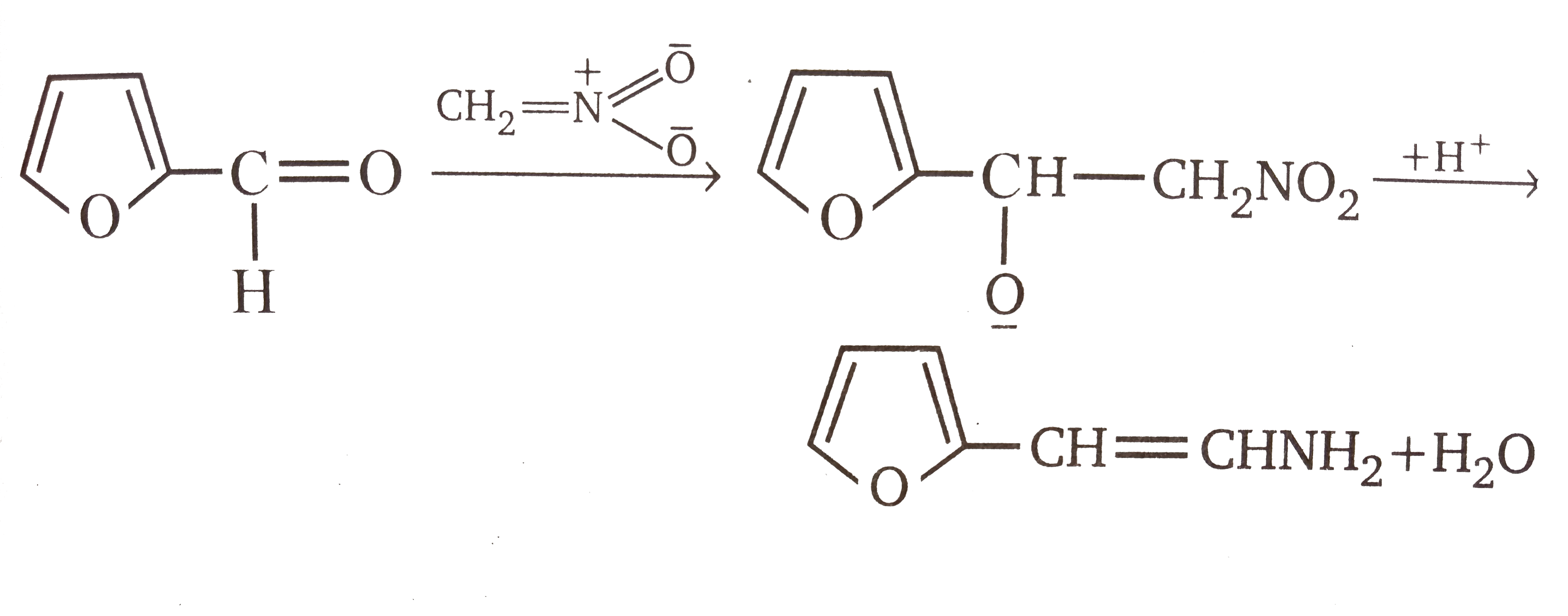
|
|
| 25669. |
The possible product(s) to be obtained from the reaction of cyclobutyl amine with HNO_(2) is/are |
|
Answer»

|
|
| 25670. |
The possible product in the reaction given below is: |
|
Answer»
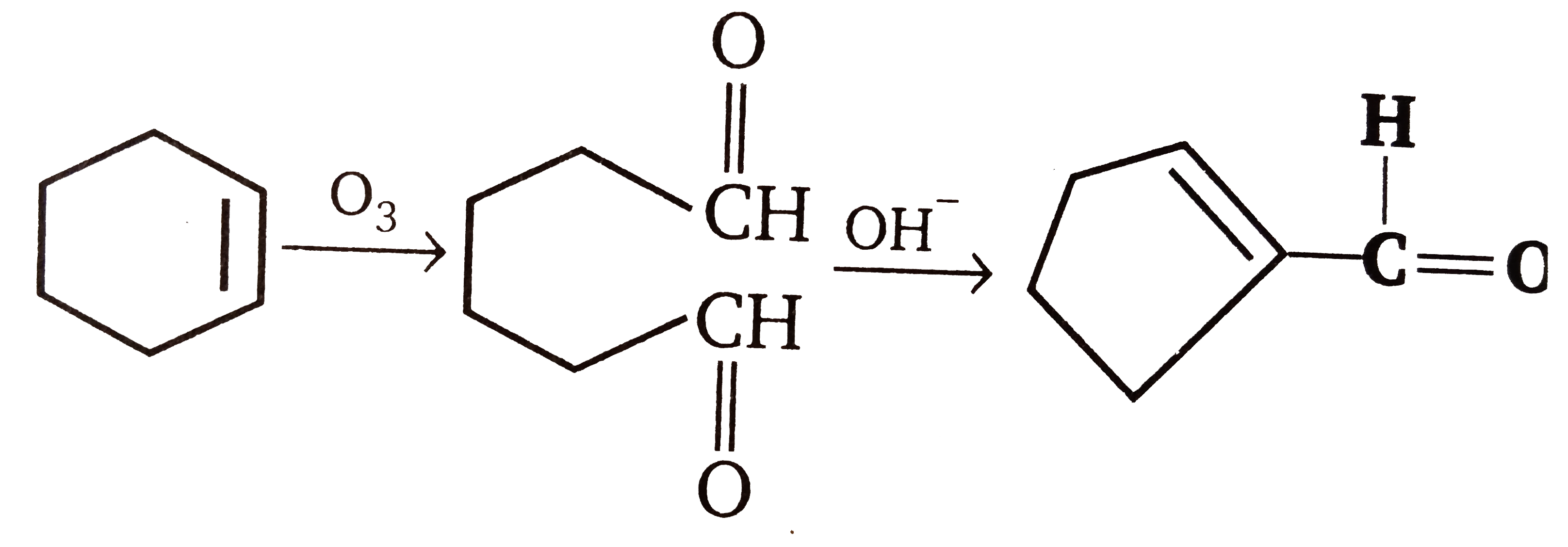
|
|
| 25671. |
The possible number of optical isomers in [Co(en)_(2)Cl_(2)]^(+) are |
|
Answer» |
|
| 25672. |
The possible mechanism for the reaction 2NO(g)+O_(2)(g) to 2NO_(2)(g) is (i) NO+O_(2) overset(k)to NO_(3) (fast) (ii) NO_(3)+NO overset(k_(2))to NO_(2)+NO_(2)(g) (slow) Write the rate law and order for the reaction. |
|
Answer» SOLUTION :RATE LAW is derived from slow step `(DX)/(dt) =k_(2)[NO_(3)][NO]` From (i) `k=([NO_(3)])/([NO][O_(2)]) or [NO_(3)]=k[NO][O_(2)]` Substituting value of `[NO_(3)]` in the above rate law, we get `(dx)/(dt)= k_(2) xx k[NO]^(2)[O_(2)]^(1)` It is rate law. The order of reaction is `2+1=3`. |
|
| 25673. |
The possible mechanism for the reaction : 2" H"_(2)+2" NO"to"N"_(2)+2" H"_(2)"O" is (i) 2 "NO"iff"N"_(2)"O"_(2)" (ii) ""N"_(2)"O"+"H"_(2)"O"("slow")" (iii) ""N"_(2)"O"+"H"_(2)to"N"_(2)+"H"_(2)"O"("fast") What is (i) the rate law for the reaction (ii) the order of the reaction ? |
|
Answer» From (i), `K_(EQ)=([N_(2)O_(2)])/([NO]^(2))" or "[N_(2)O_(2)]=K_(eq)[NO]^(2):." Rate "=k." K"_(eq)[NO]^(2)[H_(2)]=k'[NO]^(2)[H_(2)]` |
|
| 25674. |
The possible number of isomers for the complex [MCI_2Br_2]SO_4 is |
|
Answer» 1 |
|
| 25675. |
The possible numerof structural and stereo isomers for the complex [MBr_(2)Cl_(2)]SO_(2) is |
|
Answer» 2 |
|
| 25676. |
The possible no. of coordination isomers of [Cr(NH_(3))_(6)][Co(CN)_(6)] is |
| Answer» SOLUTION :`[Ma_(6)][Mb_(6)]` can GIVE 6 ISOMERS. | |
| 25677. |
The possibe number of isomers for the complex [MCl_(2)Br_(2)]SO_(4) is |
|
Answer» 1 |
|
| 25678. |
The possible mechanism for the reaction : 2NO_(2)CI rarr 2NO_(2) +CI_(2)is NO_(2)CI overset("slow")(rarr)NO_(2)+CI NO_(2)CI+CIoverset("Fast")(rarr)NO_(2)+CI_(2) The order of the reaction is : |
|
Answer» `1.5` |
|
| 25679. |
The possible geometric isomers of the complex , [Co(en) Br_2Cl_2]^(-) is : |
|
Answer» 2 
|
|
| 25680. |
The positron was discovered by |
|
Answer» Pauling |
|
| 25681. |
The positron is nearly as heavy as : |
|
Answer» proton |
|
| 25682. |
The positive vlue of the standard electrode potential of Cu^(2+)//Cu indicates that_____. |
|
Answer» this redox couple is a stronger reducing AGENT than the `H^(+)//H_(2)` couple. |
|
| 25683. |
The positive value of the standard electrode potential of Cu^(2+)// Cu indicates that …………… 1) This redox couple is a strongest reducing agent than the H^(+)//H_(2) couple. 2) This redox couple is a stronger oxidising agent than H^(+)//H_(2) 3) Cu cannot displace H_(2) from acid. 4) Cu cannot displaced H_(2) from acid. |
|
Answer» 2 & 4 |
|
| 25684. |
The positron is |
|
Answer» `._(-1)E^(0)` |
|
| 25685. |
The positive value of the standard electrode potential of Cu^(2+)//Cu indicates that ____ |
|
Answer» this redox couple is a stronger reducing AGENT than the `H^(+)//H_(2)` couple. So following REACTION is possible. `Cu_((aq))^(2+)+H_(2(g)) to Cu_((S)) +2H_((aq))^(+)` * Here, hydrogen is oxidized and `Cu^(2+)|Cu` is strong oxidizing agent. * The electrode having more `E^(@)` VALUE will act as strong oxidizing agent. Cu does not GET oxidized in this reaction. Cu does not replace `H_(2)` from the acid. * Lower the value of standard reduction potential higher will be the reducing power. |
|
| 25686. |
The positive standard reduction potential of Cu^(2+)/Cu electrode is due to |
|
Answer» high HEAT of ATOMISATION and HYDRATION energies |
|
| 25687. |
The positive standard reduction potential of Cu^(+2)/ Cu electrode is due to |
|
Answer» HIGH heat of atomisation and hydration ENERGIES |
|
| 25688. |
The position of some metals in the electrochemical series in decreasing electropositive character is given as Mg gt Al gt Zn gt Cu gt Ag.What will happen if a copper spoon is used to stir a solution of aluminium nitrate: |
|
Answer» The spoon will GET COATED with aluminium |
|
| 25689. |
The position of equilibrium lies to right in each of following cases : {:(AH^+ + B hArr A+BH^+,(K_eq=10^4)),(B + HC hArr C^(-) +BH^+,(K_eq=10^6)),(A + HC hArr C^(-) +AH^+,(K_eq=10^3)):} Based on this information, what is the order of acid strength ? |
|
Answer» HC GT `BH^+` gt `AH^+` gt B |
|
| 25690. |
The position of equilibrium lies to the right in each of these reactions Based on above information, what is the order of acidic strength ? |
|
Answer» `HBr gt N_(2)H_(5)^(+) gt NH_(4)^(-)` |
|
| 25691. |
The position of some metals in the electrochemical series in decreasing electropositive character is given as Mg gt Al gt Zn gt Cu gt Ag. What will happen, if a copper spoon is used to stir a solution of aluminium nitrate |
|
Answer» The spoon will GET coated with Al |
|
| 25692. |
The position of -Br in the compound in CH_(3)CH=CHC(Br)(CH_(3))_(2) can be classified as______ |
|
Answer» Allyl<BR>Aryl |
|
| 25693. |
The position of -Br in the compound in CH_(3)CH=CHC(Br)(CH_(3))_(2) can be classified as …………….. |
|
Answer» Benzyl |
|
| 25694. |
The position of -Br in the compound in CH_3CH=CH(Br)(CH_3)_2can be classified as |
| Answer» SOLUTION :BROMINE is PRESENT at allyliccarbon | |
| 25695. |
The position of - Br in the compound in CH_(3)CH = CHC(Br)(CH_(3))_(2) can be classified as ……… . |
| Answer» ANSWER :D | |
| 25697. |
The position of actinides in between |
|
Answer» Ac and Sg |
|
| 25698. |
The population of activated molecules can be increased by A) increase in temperature B) using a catalyst C) increase of concentration of reactants |
|
Answer» A only |
|
| 25699. |
The population of activated molecules can be increased by |
|
Answer» INCREASE in temperature |
|
| 25700. |
The polysaccharide used in the manufacture of paper is: |
|
Answer» Cellulose |
|








